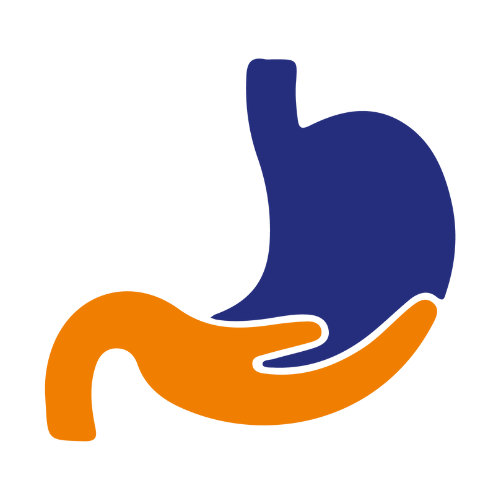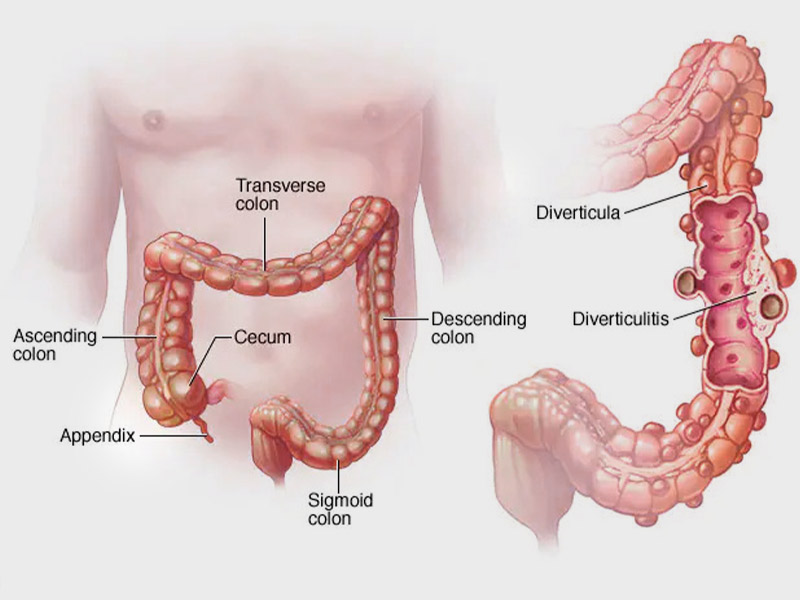Diverticulosis
Diverticulosis is when pockets called diverticula form in the walls of your digestive tract.
The inner layer of your intestine pushes through weak spots in the outer lining. This pressure makes them bulge out, making little pouches. Most often it happens in your colon, the lower part of your large intestine.
What are the Symptoms?
- Tenderness over the affected area.
- Mild abdominal cramps.
- Swelling or bloating.
- Constipation.
What are the Causes?
Doctors aren’t sure. Some think muscle spasms or strain (like when you have a bowel movement) make pressure build in your colon and push against the lining.
In the past, most experts thought not eating enough fiber — which is found in many fruits and vegetables, grains, and beans — led to diverticulosis. Not eating enough fiber causes a buildup of waste (constipation) in your colon. Constipation puts extra strain on the walls of the colon. This increased pressure causes the little pockets — the diverticula — to form in weak areas in your colon.
But recent studies haven’t shown a clear link between the condition and eating fiber.
How is it Diagnosed?
Most doctors don’t notice cases of diverticulosis until they screen for other conditions. For instance, the pouches might show up in a colonoscopy, or an X-ray.
Your doctor might take these steps to know for sure:
- Gather your medical history. They’ll ask you about your diet, general health, meds you take, and how often you have bowel movements.
- Do a physical exam. This may include a digital rectal exam. With a lubricated gloved finger, they’ll gently check your anus for bleeding, pain, or other signs.
- Perform tests. These might include:
- A CT scanmakes images of your digestive tract
- A colonoscopy looks in your rectum and colon
- A blood sample shows if you have signs like anemia or inflammation
- A lower GI series uses X-rays to get a better look at your large intestine
What are the Risk Factor?
- Diverticulosis is common in people over age 60.
- It doesn’t happen often to those younger than 30. Experts think the pouches show more with age.
- Men might get it more than women.
- Research shows the condition might be genetic. That means you’re more likely to get it if your parents or any of your brothers or sisters have it.
How is it Treated?
Your doctor will start with a physical examination, which will include checking your abdomen for tenderness. Women generally have a pelvic examination as well to rule out pelvic disease.
After that, the following tests are likely:
- Blood and urine tests, to check for signs of infection.
- A pregnancy test for women of childbearing age, to rule out pregnancy as a cause of abdominal pain.
- A liver enzyme test, to rule out liver-related causes of abdominal pain.
- A stool test, to rule out infection in people who have diarrhea.
- A CT scan, which can identify inflamed or infected pouches and confirm a diagnosis of diverticulitis. CT can also indicate the severity of diverticulitis and guide treatment.

